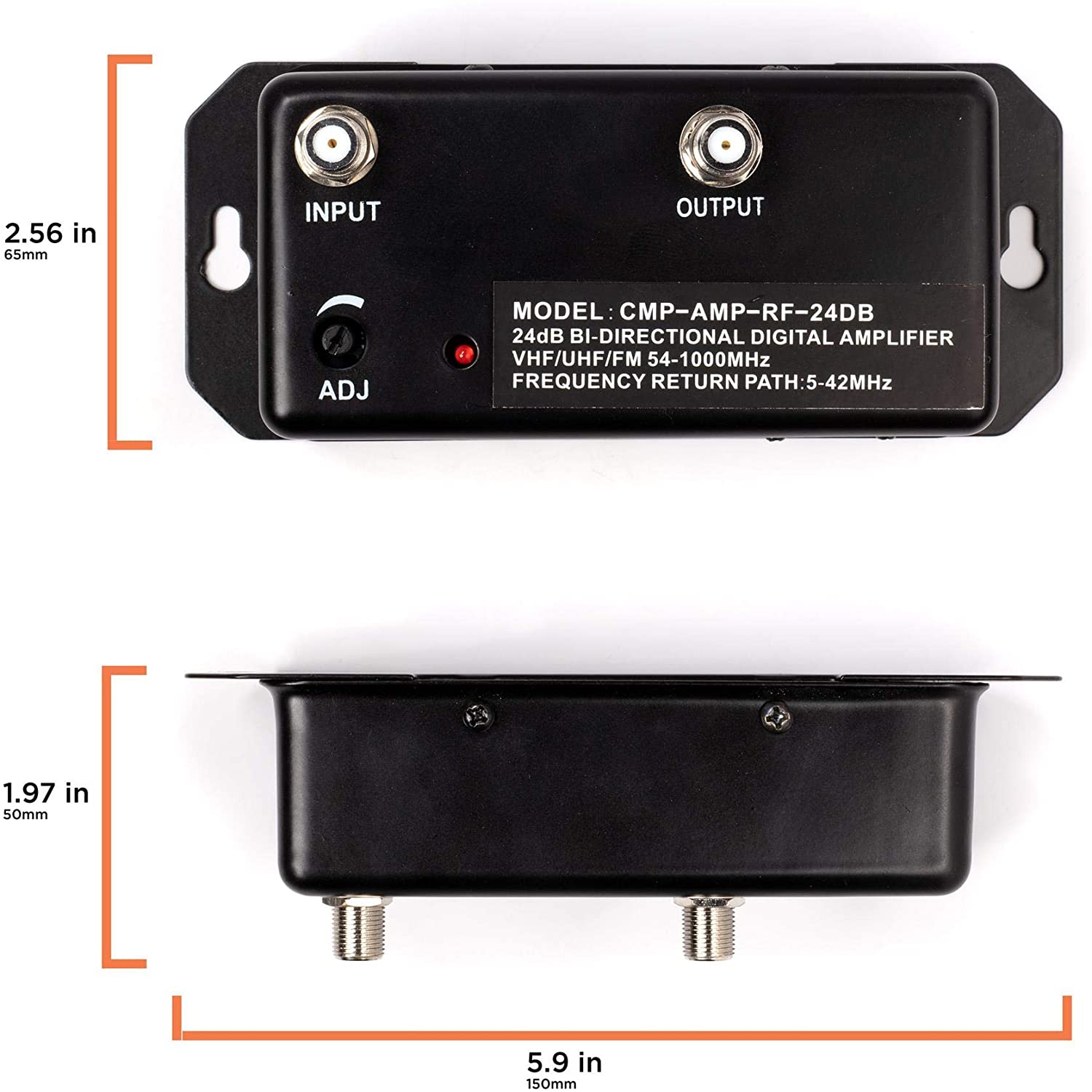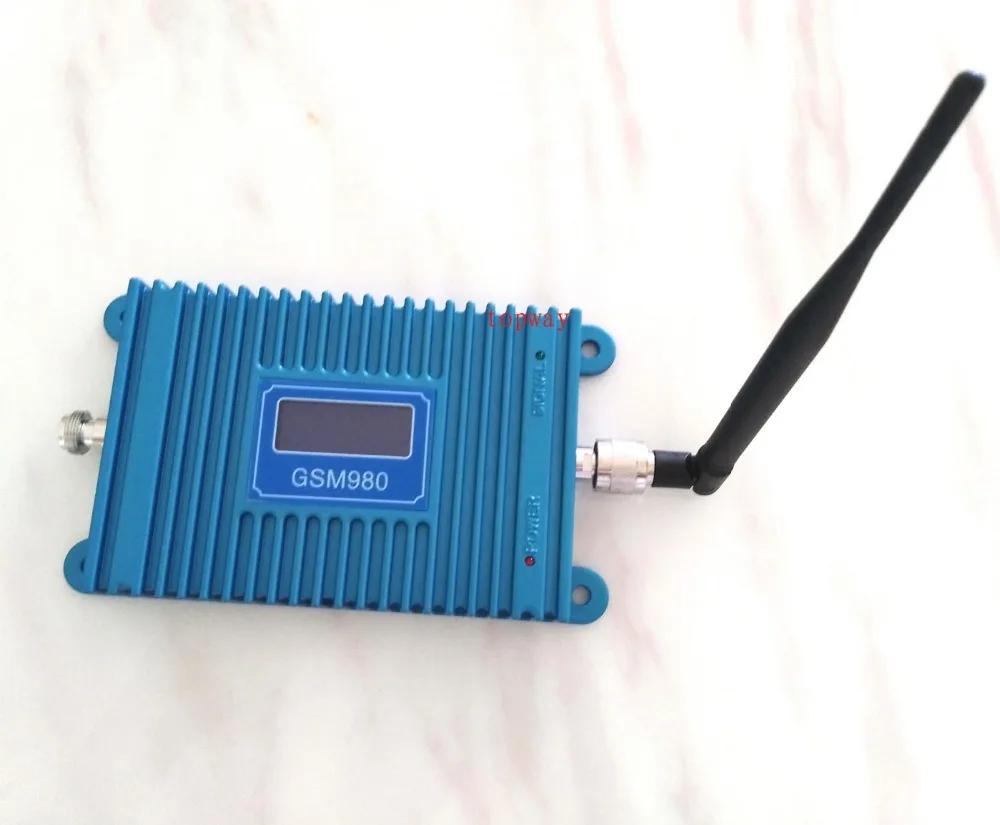
For example, an omnidirectional antenna that transmits and receives signal in all directions will generally have a smaller gain then a directional antenna that transmits and receives a signal in only one direction. Therefore, antennas primarily increase their gain by concentrating the signal over a smaller area. However, antennas do not add energy to the signal from a power supply like an amplifier. To transmit, the process is reversed and the antenna converts the electrical current into a signal.Īntenna gain, like amplifier gain, is a measure of how much signal strength is increased. When an antenna receives a signal, it converts that signal into an electric current. There are two main functions of an antenna – transmitting and receiving. The gain of an antenna is somewhat different from the gain of an amplifier.

All other things being equal, an amplifier with a higher gain will be more powerful than an amplifier with a lower gain. You can use the gain of an amplifier to compare how powerful it is with other amplifiers. The amount of gain you need from an amplifier will depend on your specific situation and how much you need to boost the signal strength. When talking about amplifiers in signal boosting systems, amplifiers will have their gain listed in their specification, and it will be reported in decibels (dB). In fact, any electroniac circuit with an input to output ratio of more than one is by definition an “amplifier”, as it amplifies the signal power. Amplifiers necessarily have a gain value of more than 0 dB – they take a signal, add energy to it, and the output is always greater than the input. Thus, the gain of an amplifier is the ratio of the power of the outputted signal to the input signal. On the other hand, if the input is greater than the output, then the gain is less than 0 dB.Īn increase in power requires an increase in energy, which means that for a circuit to have positive gain, it needs an external power source.Īn amplifier is simply a device that takes an input signal and makes it stronger.

Gain is in fact the ratio of output to input – if the output signal of a system is stronger than the input, then the gain has a value greater than 0 dB. In purely physical terms, gain is a measure of an electronic circuit’s ability to increase the power of a signal from input to output. Technical jargon can sometimes be confusing at first - however, the intention of this article is to show you that gain is a simple concept, and that it can be easily understood. During your research you may have also come across the term “gain”.

If you’ve been researching cellular signal boosting systems, you’ll be aware that antenna and amplifiers are the primary components.


 0 kommentar(er)
0 kommentar(er)
